Back to the Rock: Trump’s Alcatraz Revival
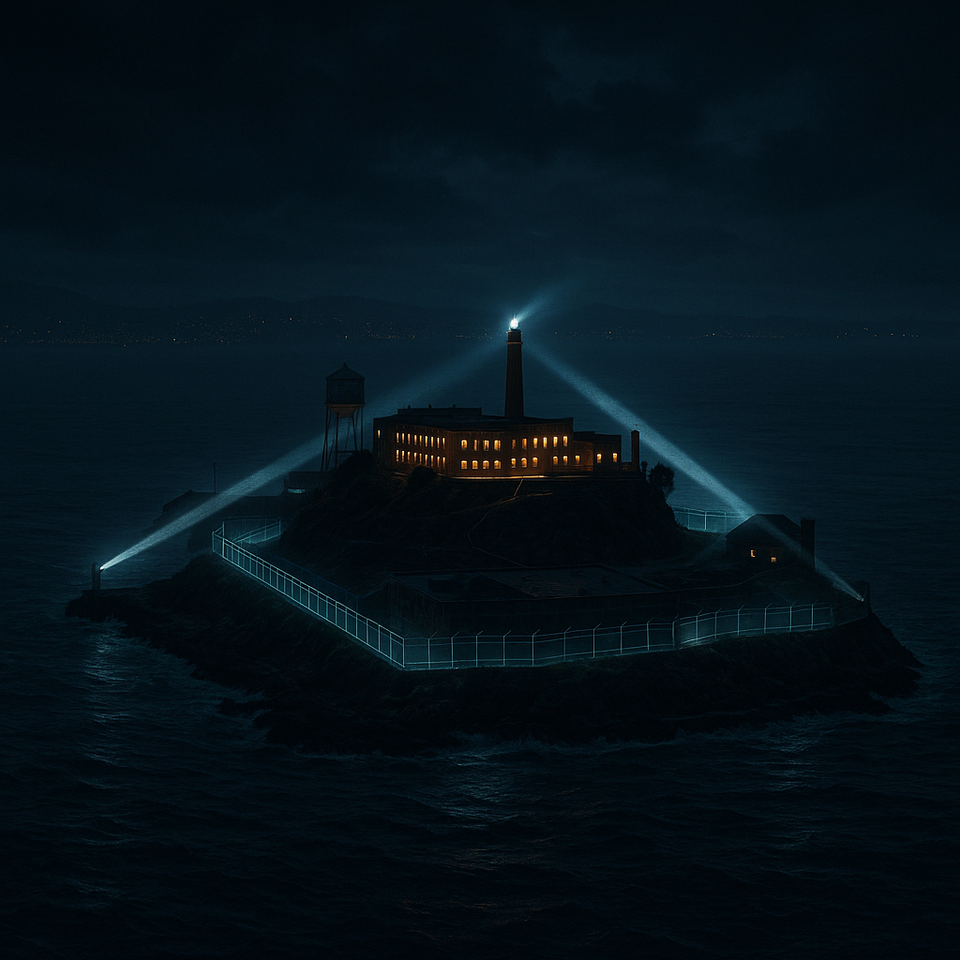
On May 4, 2025, Donald Trump declared that Alcatraz prison — long closed and turned into a historic site — should be “reconstructed and reopened.” Whether it’s a serious policy move or political performance art, it’s a jarring twist in the story of America’s most notorious prison island.
This isn’t just about one announcement. It’s about what Alcatraz represents, and why it keeps resurfacing in the American imagination.
Trump’s Bold Directive
In a Truth Social post that instantly ignited headlines, Trump wrote:
“RECONSTRUCT AND REOPEN ALCATRAZ! In earlier times, when our nation was more serious, we did not hesitate to confine the most perilous criminals and keep them far from anyone they could endanger.”
According to Trump, the new Alcatraz would be “significantly expanded and remodeled” to house “America’s most vicious and violent offenders.” He tied the announcement to broader frustrations with “radicalized judges” and the current approach to immigration enforcement.
The Bureau of Prisons acknowledged it would comply with any presidential orders. But former Speaker Nancy Pelosi dismissed the idea outright. The Justice Department, FBI, and DHS offered no immediate comment.

Fortress, Lighthouse, Prison: A Compressed History
Alcatraz didn’t start as a prison. Spanish explorers first charted it in 1775, calling it “La Isla de los Alcatraces” — the island of the pelicans. By 1850, President Millard Fillmore had set it aside for military use. And by the mid-1850s, it was a fortress bristling with over 100 cannons.
It wasn’t long before it took on a darker role. In 1859, the first military prisoners arrived. During the Civil War, it held Confederate sympathizers. Later, it detained Native Americans resisting forced assimilation and American soldiers who sided with Filipinos during the Philippine-American War.
In 1909, prisoners themselves helped build the concrete main cell block — still the island’s most iconic structure today.
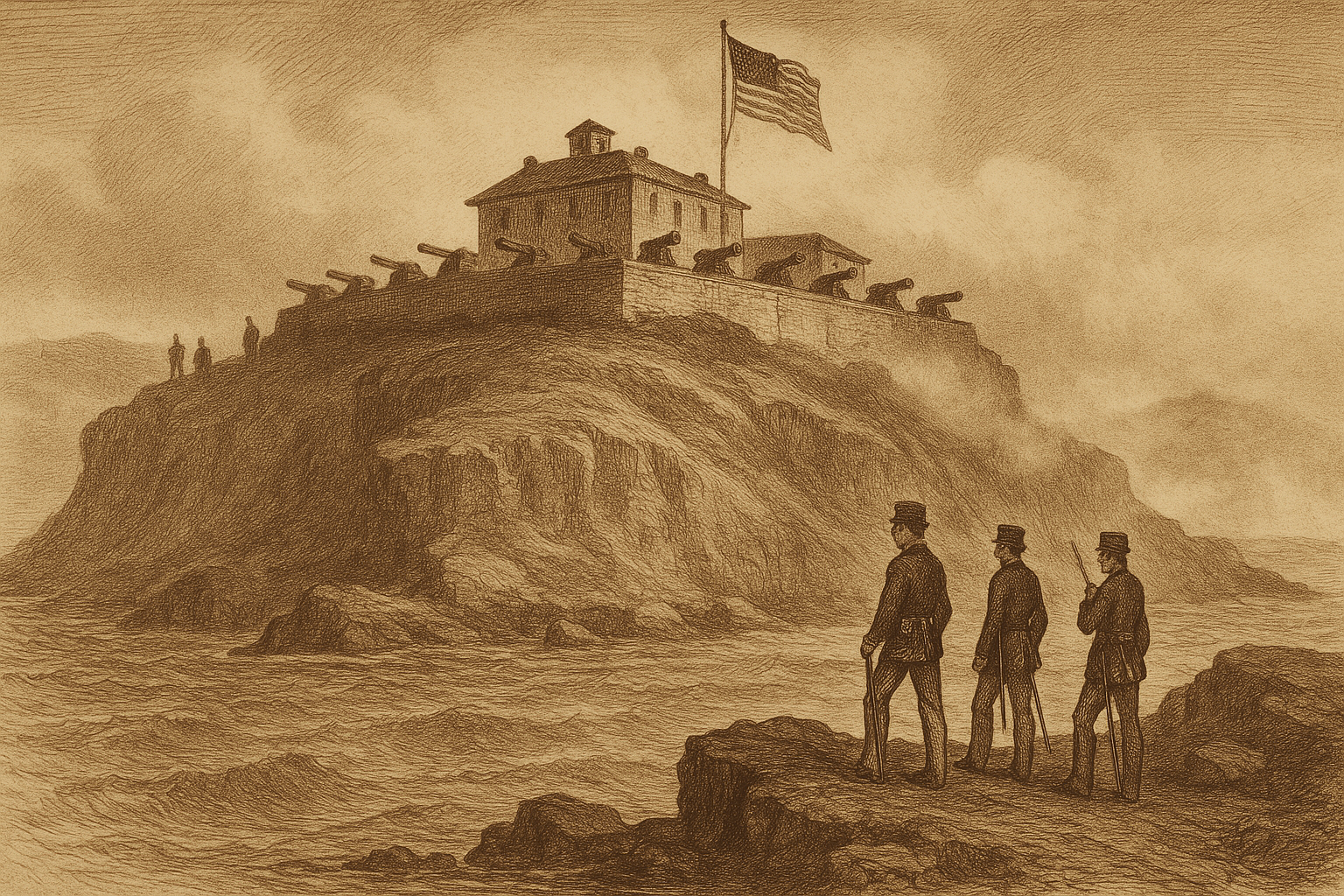
The Federal Years: Alcatraz as “Hellcatraz”
In 1934, the island shifted from military to federal control, pitched as the solution to America’s crime wave. The Department of Justice sank serious money into it — $260,000 at the time — to modernize the facility.
This was no ordinary prison. It was designed as the end of the line — a place for inmates who couldn’t be handled anywhere else. It was bleak. Small cells. No privacy. Harsh discipline. African American prisoners were segregated. And “The Hole” in D-Block was notorious for its isolation and deprivation.
Infamous inmates included:
- Al Capone, Chicago crime boss
- George "Machine Gun" Kelly, kidnapper and bootlegger
- Robert Stroud, the so-called Birdman of Alcatraz
- Mickey Cohen, Los Angeles mobster
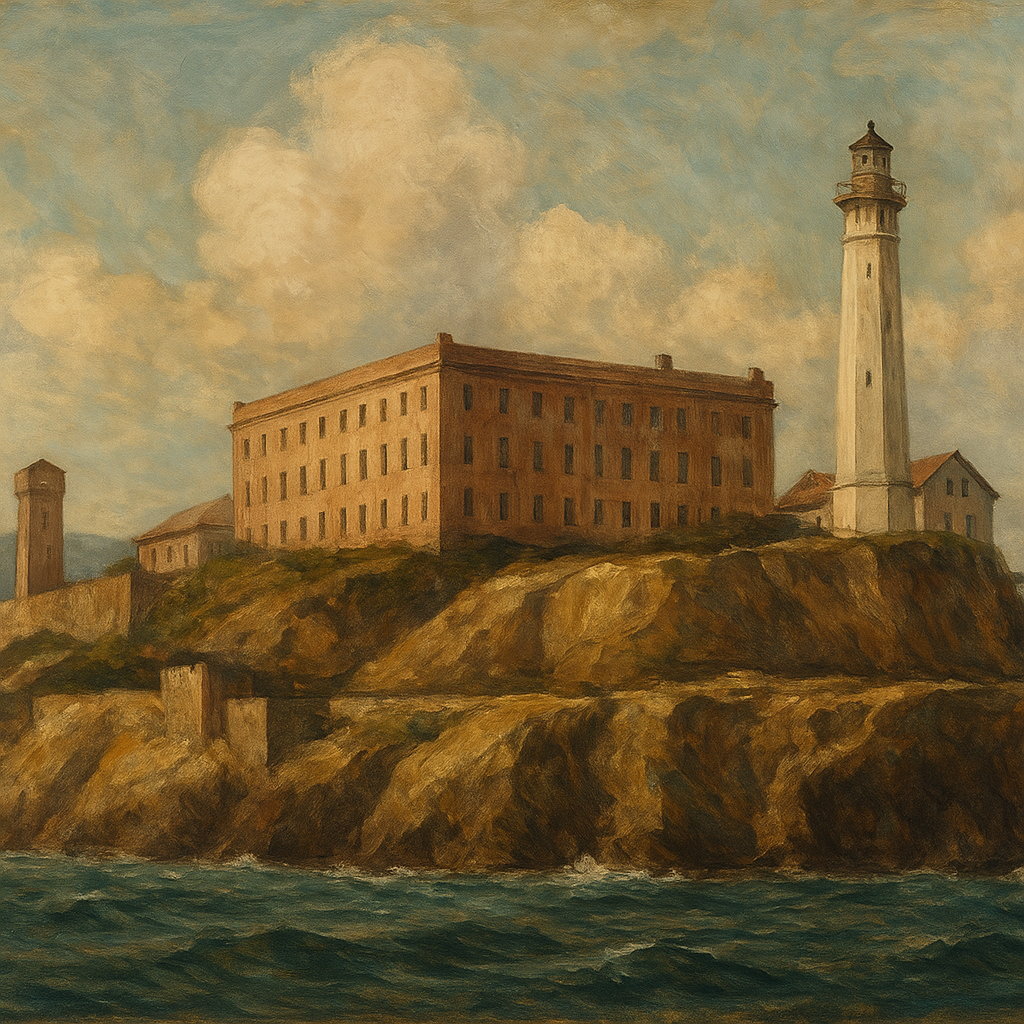
Violence and Escape: The Island’s Greatest Legends
The Battle of Alcatraz (1946)
An escape attempt turned into a brutal two-day standoff. Armed inmates took hostages, but couldn’t break through a secure door. Guards were killed, inmates were executed, and U.S. Marines had to storm the cellblock. It was a bloodbath — and a signal of just how desperate life on the Rock could become.
The 1962 Escape
Frank Morris and the Anglin brothers pulled off the prison’s most legendary breakout. They dug through cell walls with spoons, crafted fake heads to fool guards, and slipped into the bay on a homemade raft.
No one knows for sure if they drowned or got away. Their story became the stuff of movies — most famously Clint Eastwood’s Escape from Alcatraz in 1979.
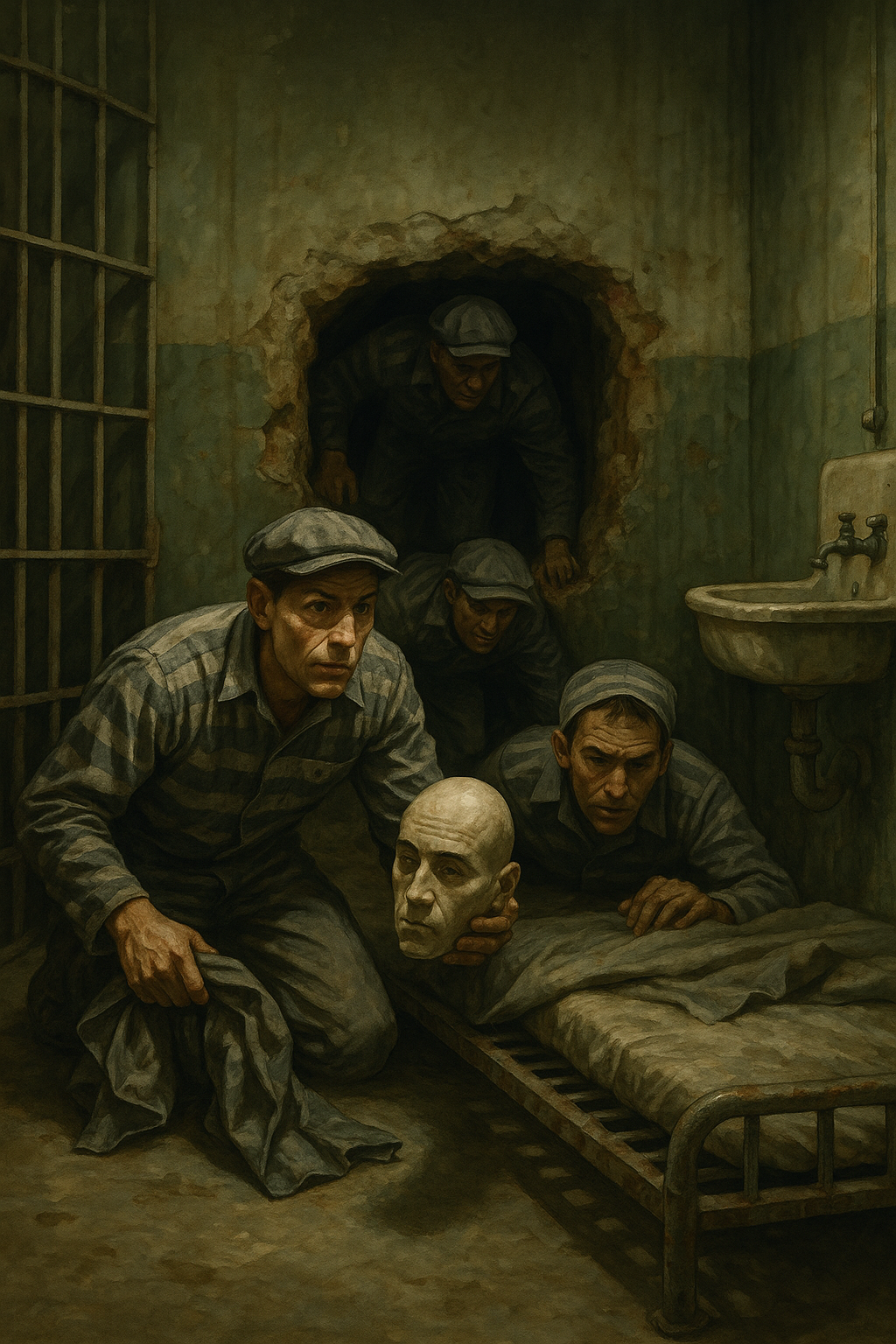
The Fall: Why Alcatraz Closed
By 1963, the prison was simply unsustainable. The key reasons?
- Extreme costs: It cost nearly 3x more per prisoner than other federal facilities
- Deteriorating infrastructure: Salt water damage and age made repair costs astronomical
- Public image: The successful 1962 escape dented its reputation
- Shifting priorities: Rehabilitation was replacing pure punishment in criminal justice discourse
Alcatraz’s last prisoner left on March 21, 1963.
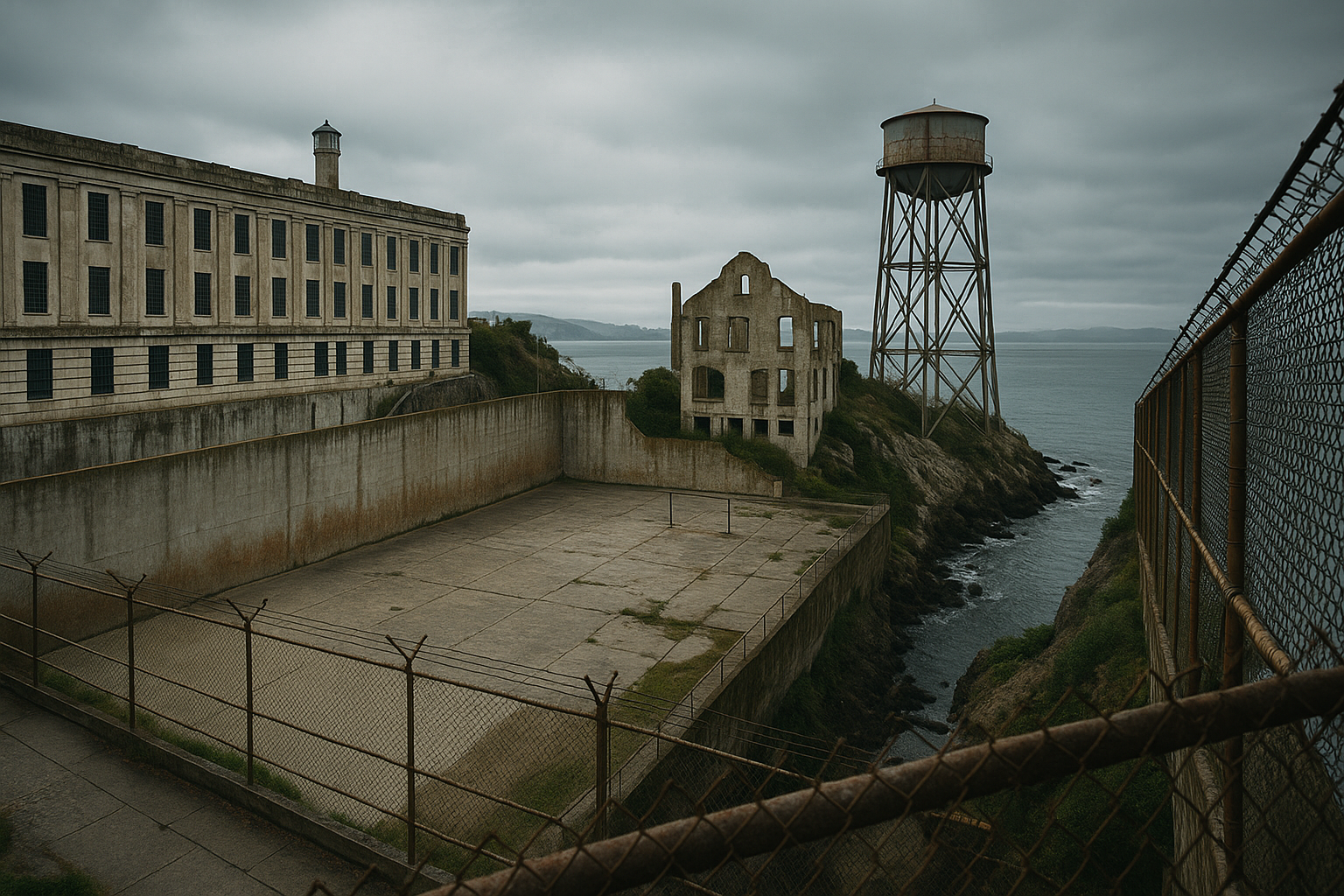
Reclaimed by Protest: The Native Occupation
In 1969, a group of Indigenous activists calling themselves Indians of All Tribes occupied the island, citing the Treaty of Fort Laramie which they said entitled them to unused federal land.
For 19 months, they lived on the island — a symbolic act of resistance that helped reshape U.S. Indian policy. Nixon ended the formal termination policy during the occupation, moving toward tribal self-determination.
Today, remnants of graffiti and memory still remain.
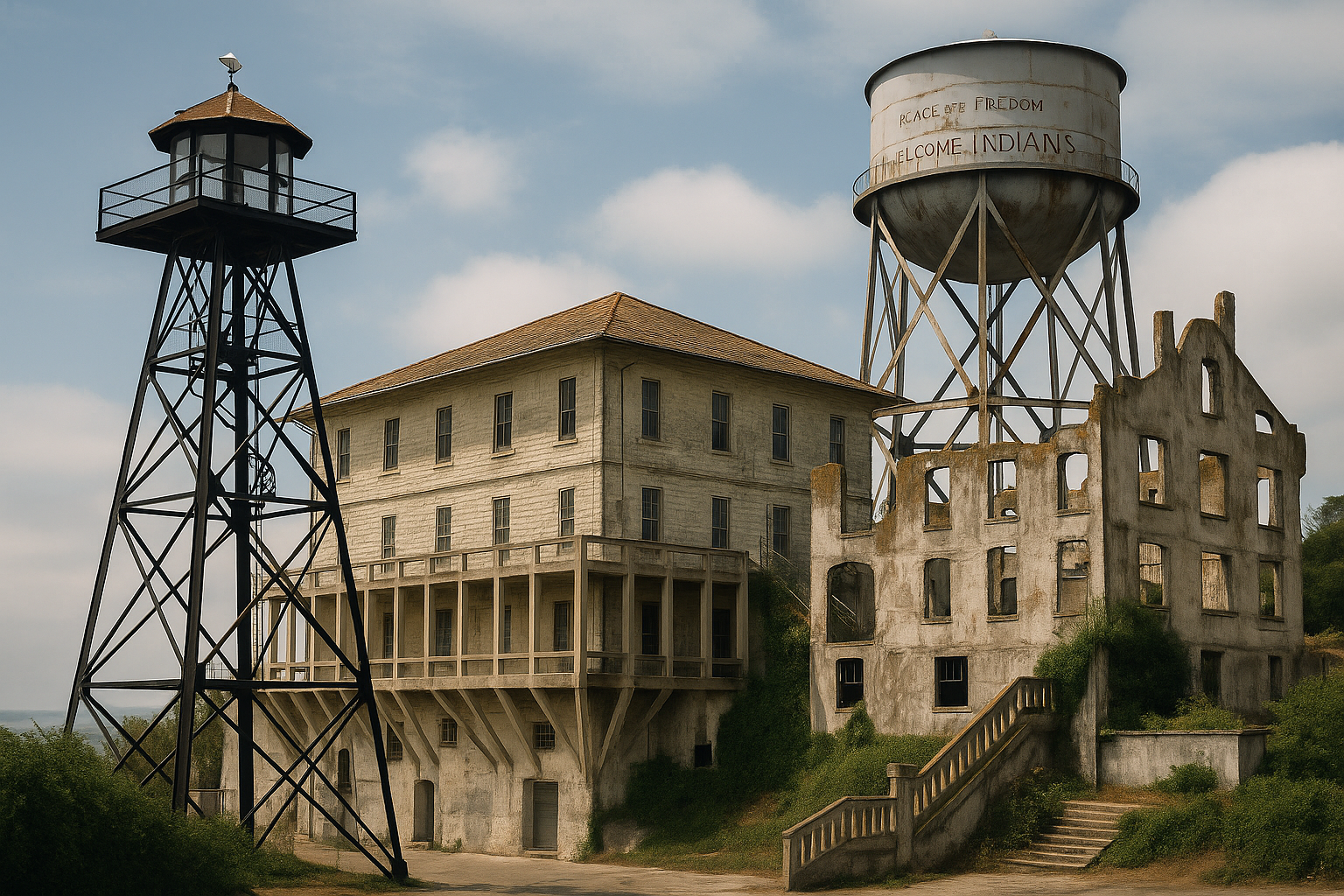
National Park Status and Tourism
Alcatraz became part of the Golden Gate National Recreation Area in 1972, officially protected under federal law. By 1976 it was on the National Register of Historic Places, and by 1986, a National Historic Landmark.
Today, more than 1.2 million people visit annually, exploring the island’s eerie buildings, rusted cells, and layered history.
The cellhouse. The lighthouse. The warden’s house. The dining hall. All preserved, all decaying, all captivating.
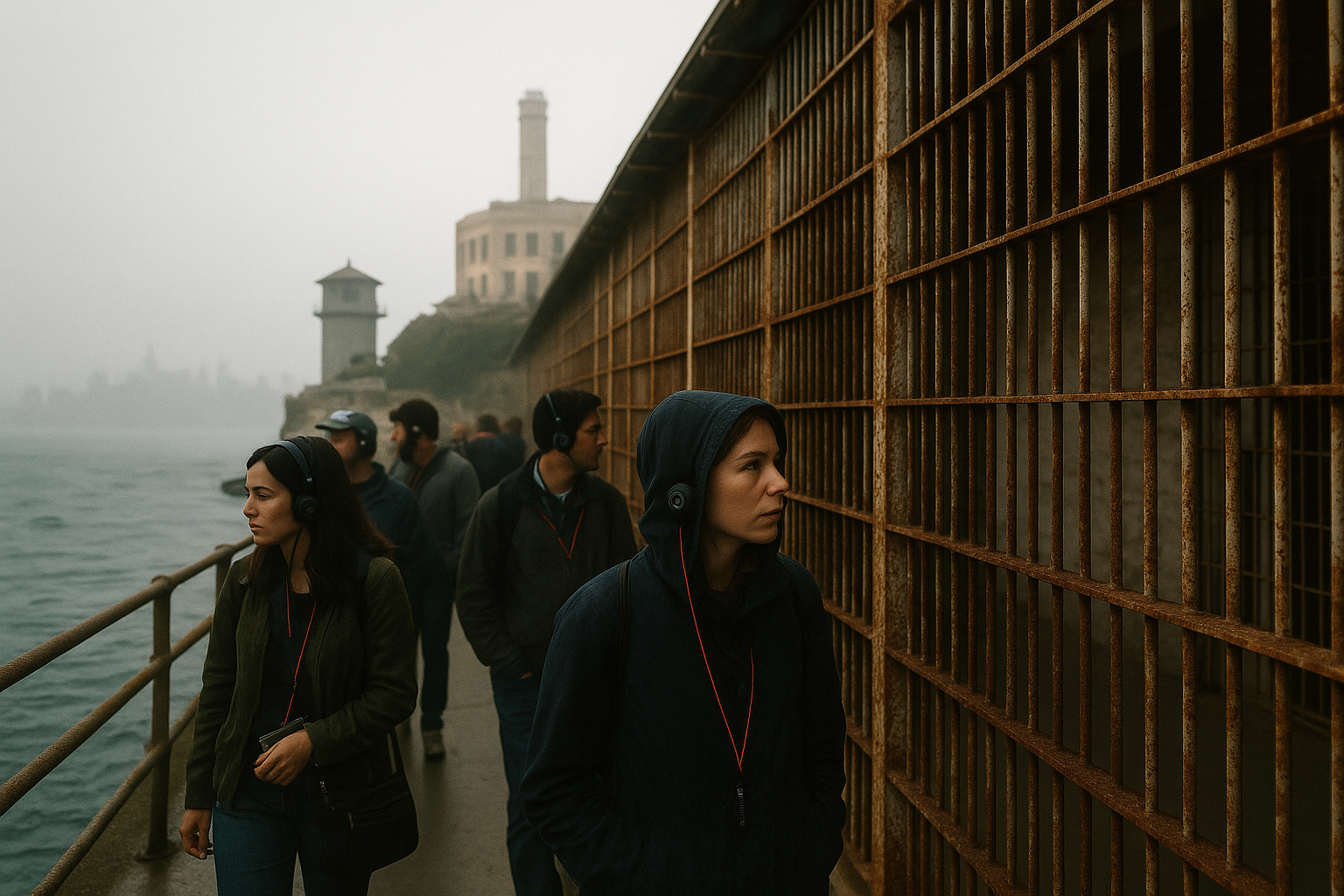
Trump’s Vision: Politics, Theater, or Both?
Trump’s Alcatraz revival comes wrapped in symbolic power. It’s gritty, cinematic, and packed with “law and order” nostalgia. Think tough justice. Isolated punishment. A return to “serious times.”
It also echoes his admiration for El Salvador’s CECOT — a mega-prison used for mass incarceration of gang members, widely criticized for human rights abuses.
But can he actually do it?
- Legal issues: The island is under National Park Service control
- Funding: No budget has been proposed
- Preservation: Renovating or demolishing historic structures would trigger enormous resistance
Some speculate Trump may simply want a political spectacle — a monument to his “tough on crime” image. A reality-TV-style fortress rising from the waves.
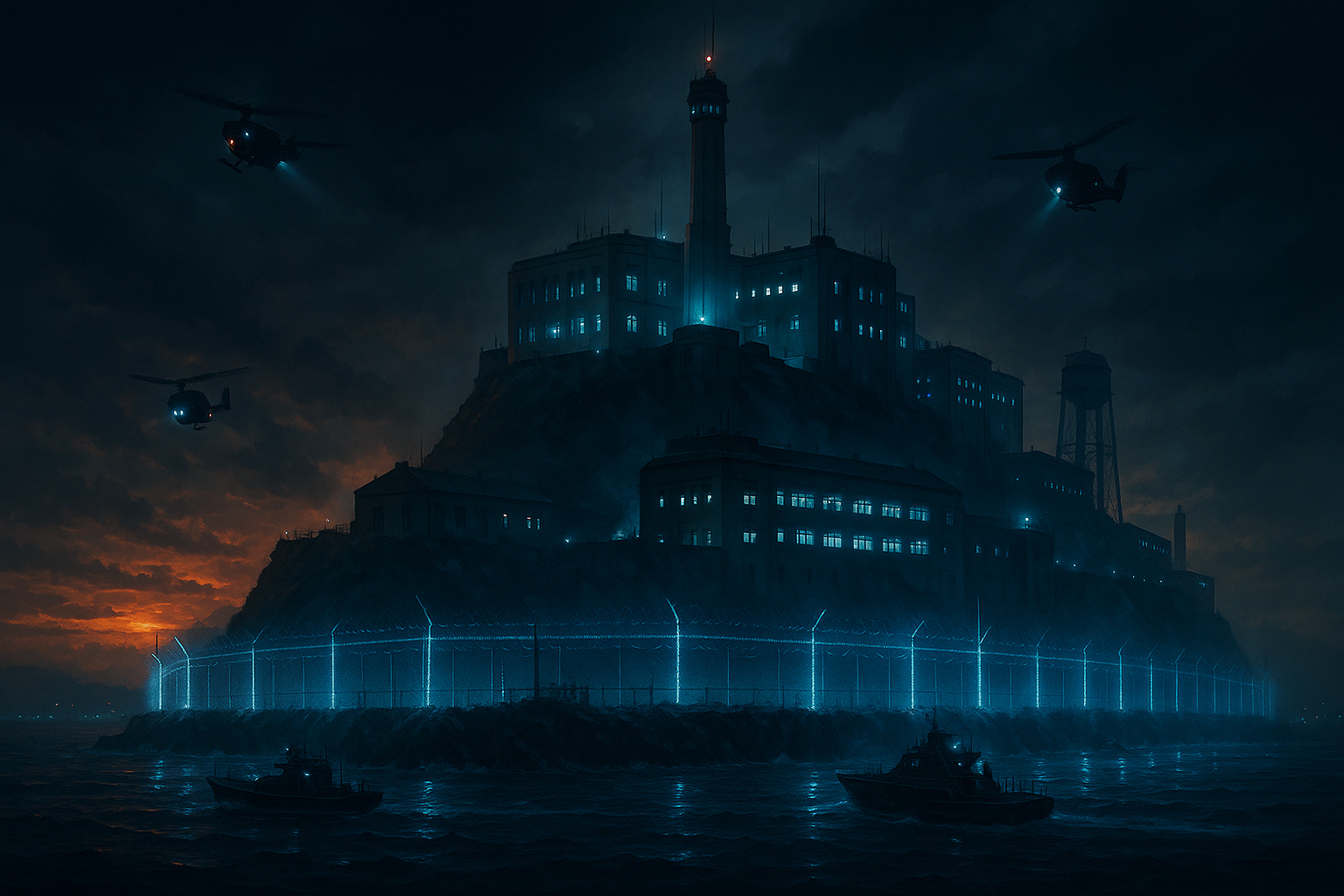
The Rock Endures
Alcatraz has always reflected America’s cultural tensions — about punishment, power, rebellion, and redemption.
Whether Trump’s plan is real or rhetorical, it has already added another strange twist to the island’s story. From fortress to prison to protest site to park — and now, maybe, back again?
The Rock may be immovable. But its meaning keeps changing.


